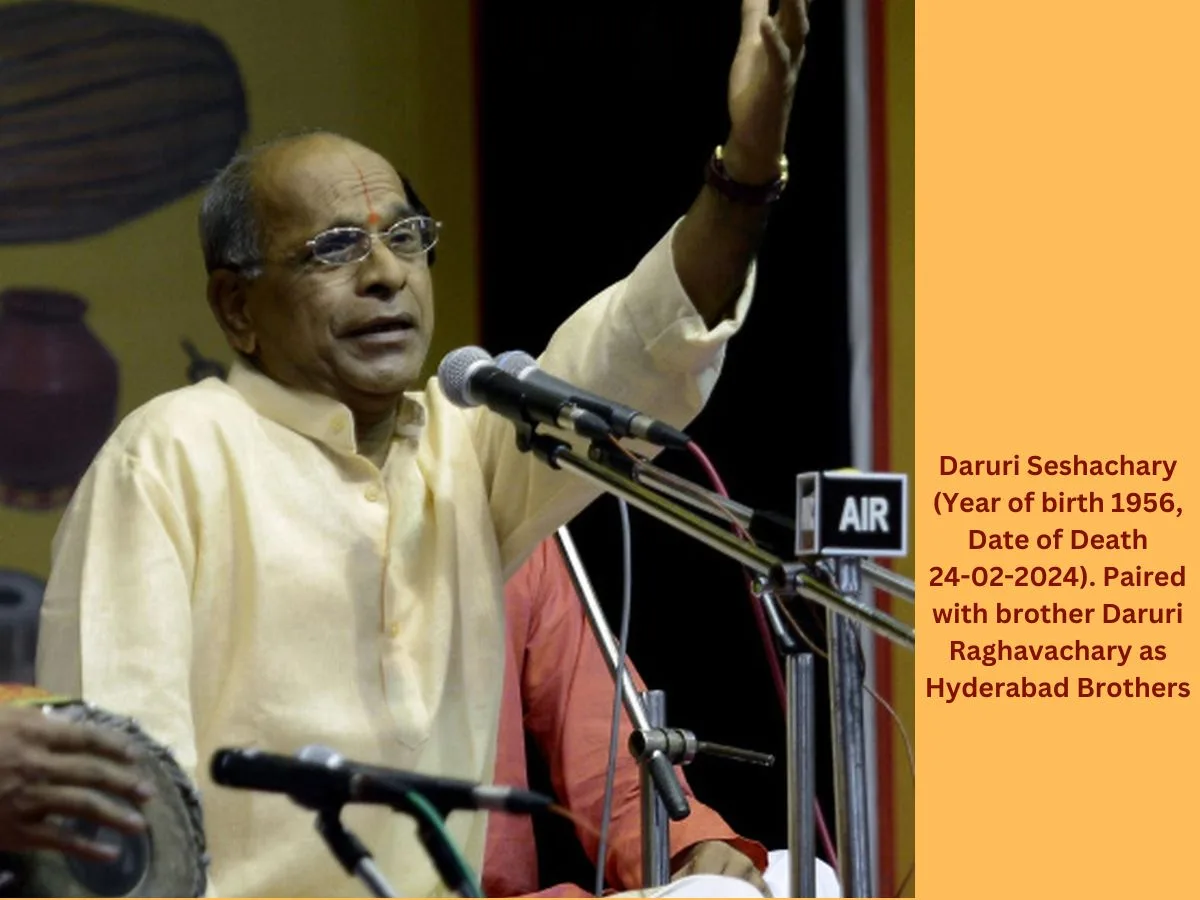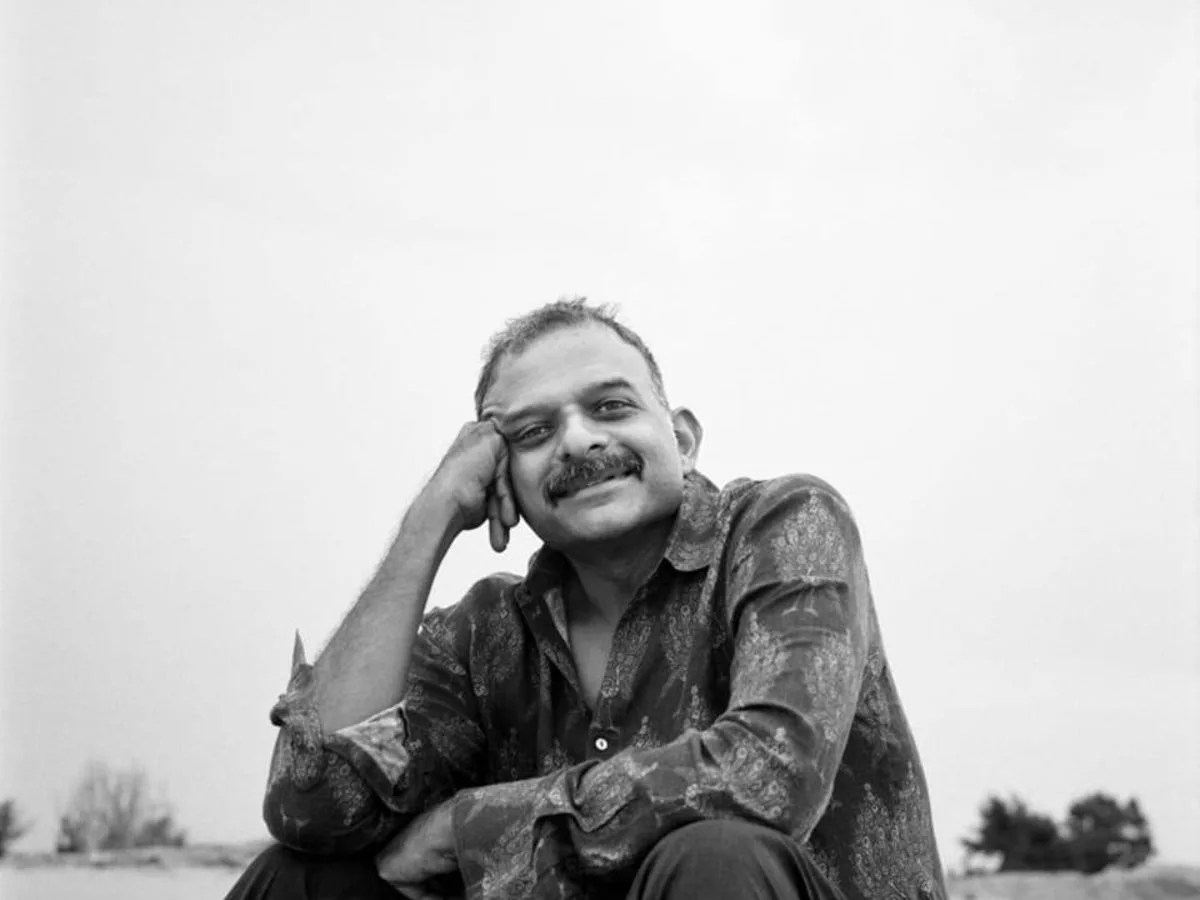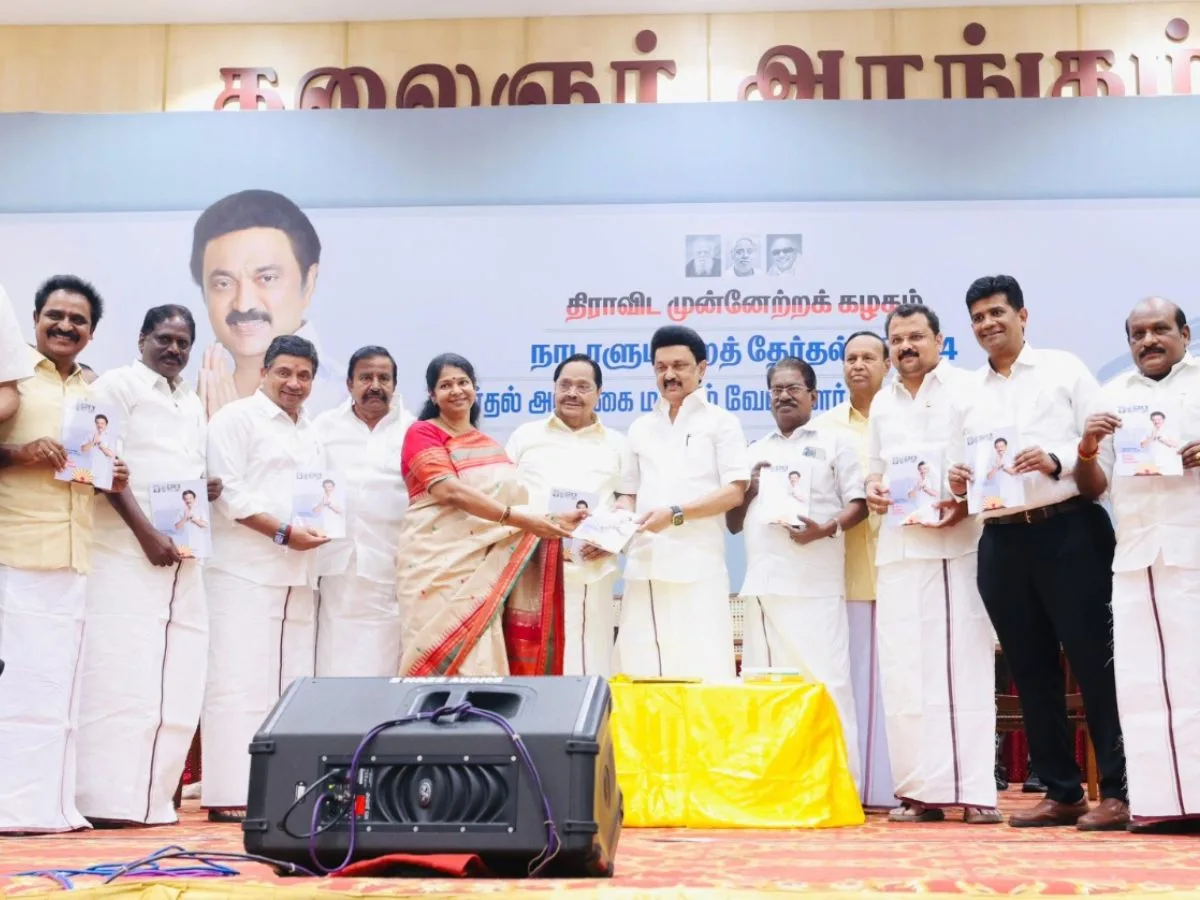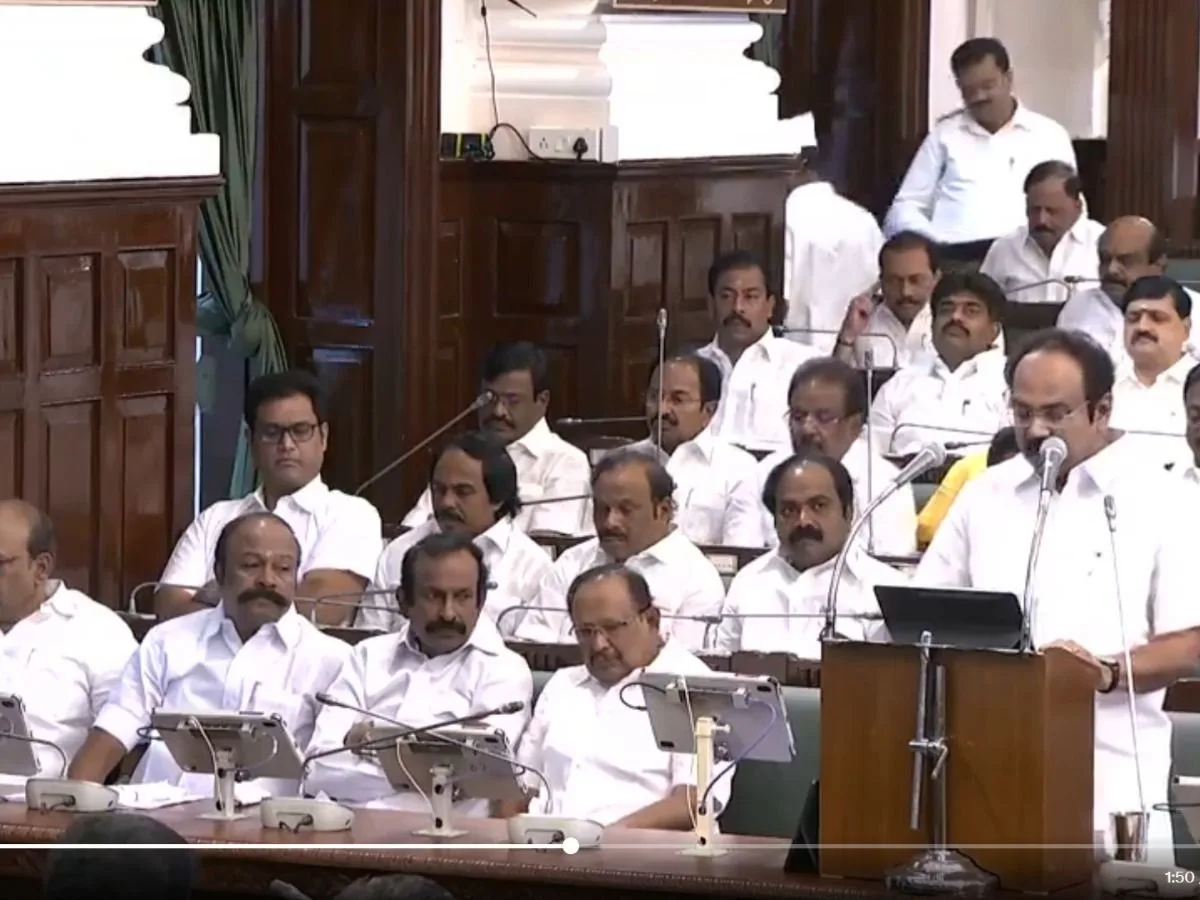Read in : தமிழ்
Erik Solheim, Former Norwegian environment minister, Irene Giner – Reichl, co-founder of Global Women’s Network for Energy Transition and Benoit Lebot, senior advisor to Govt of France, will be the speakers at a Zoom conference scheduled on Dec. 13, 2021. The experts are going to discuss ‘Tamil Nadu’s Transition to Net-Zero Carbon Economy’. The host? ‘Dravidian Professionals Forum’, the DMK’s outreach to the gen-next. The brainchild of Tamil Nadu’s finance minister P T R Palanivel Thiagarajan, the forum attempts to reach out to English-speaking professionals using Zoom and Facebook Live.
For DMK, using Zoom and FB Live to build its ideological support base is in character. Whether it is newspapers and theatre many decades ago or movies in the 1950s, followed by television and then online mediums, the DMK has been quick to spot what’s coming in media technology and used it to carry its message.
DMK voters are committed folk, more ideologically inclined. And to create its flock and keep it together, the DMK is always on the lookout for cutting edge media technologies.
Author and film historian Vamanan recalls how AVM’s Meiyappa Chettiar became a patron of the DMK’s propaganda. “Film producers are people who keep their ears to the ground. Chettiar found that the DMK’s plays were attracting more crowds than films and he went to investigate. The nationalist sentiment was waning after the freedom struggle and the new country faced many socio-political and economic problems. The plays, based on social themes, were attracting many. So, the focus of movies shifted from epics/fantasies to social issues. DMK aptly utilized this emerging trend to propagate their ideology,” he said.
AVM produced the landmark Parasakthi written by M Karunanidhi. A superstar emerged in M G Ramachandran, who was a close friend of Karunanidhi, and he helped to spread DMK’s ideology through films.
As the focus of movies shifted from epics/fantasies to social issues, DMK aptly utilized this emerging trend to propagate its ideology
Karunanidhi, who became an adherent of Dravidianism in his teens, started a handwritten newspaper called Manavar Nesan for his peer group. Murasoli was the newspaper he founded in 1942 and he used it as a medium to communicate with grass-root party workers. When the party realized the limited reach of its party organ, it acquired popular newspapers like Dinakaran.
Early bird to tweet
Known for seeking out all avenues to leave his mark, Karunanidhi, at the ripe old age of 88, took to Twitter. Before the microblog became a battleground for Indian politics, Karunanidhi was tweeting, as early as 2012. Advani was another veteran early bird in tweeting. Rahul Gandhi joined Twitter in 2015. Narendra Modi was on Twitter in 2009, three years after its founding.
Not coincidentally, Twitter was appropriate for Karunanidhi’s style. Its word limits were perfect for his pithy attacks and comebacks. Karunanidhi continued his Twitter connection with the grassroots as long as his health permitted. He had 491,100 followers on Twitter.
Dravidian party historian ‘Sangoli’ Thirunavukkarasu says Karunanidhi had the passion to explore and learn anything new in the media, especially emerging media. Karunanidhi and his DMK stayed ahead in whatever media they entered. “Many other parties including Communists tried methods like staging plays and dramas. But the DMK was much ahead in the medium of that time and kept moving on to the next level which others were not able to do,” he said. And, the grassroot workers attempted Karunanidhi’s style. “They would frame two liners and slogans taking cues from Karunanidhi,” he added.
The Dravidian stress on media has set the standards in the state. Every major party in the state has its own media outlet. “It is a model of Dravidian parties. High literacy rate in the state where people consume news and discuss it was another reason to reach out to them through newspapers, radio, television and social media,” says a DMK source.
The media savvy that is there in the DMK’s DNA acquired a business edge when cable television made its appearance. The Maran brothers were among the early birds in cable television with their pro-DMK entertainment channel. “The brothers were running a video magazine called Poomalai when movies were played on VHS tapes. They took the cue from another contemporary channel Asianet which was using a Russian satellite. They launched Sun TV and there were no others in the market except Doordarshan with very limited local content. Private television was an instant success. The popularity was so much that villagers would ask for a Sun TV connection when they meant cable TV connection. It was like the photocopier company Xerox becoming the better known synonym for photocopy,” says senior journalist Rangaraj.
Star was the pioneer among private channels in India. It was launched in 1990. Sun TV was launched in 1992. Others like Asianet, Vijay followed. But Sun TV was probably the first with an overtly political connection. Though Kalaignar TV was started later for DMK, Sun TV with its dominance remains an important outreach medium for the DMK.
Matching up with BJP
While the BJP has successfully used social media and online presence to take forward its message, the DMK whose IT wing is headed by Palanivel Thiagarajan has not been too far behind. For instance, the Business Standard article “BJP accounted for over 80% of election advertisements on Google” published in May 2019 gives out some interesting insights. The data disclosed by Google on Google ads for the election season that year between February and May showed BJP spending Rs 17.11 crore and leading on top. It was not the Indian National Congress that came next but the DMK which had spent Rs 4.10 crore. INC was at a distant third with Rs 2.71 crore. While the BJP’s spend for across India, the DMK had spent 25% of what the BJP spent but focused on one state.
The loyal Twitterati of DMK match BJP’s loyalty and are often one step ahead of even the BJP when it comes to Tamil Nadu.
This online presence helps DMK influence cyberspace. The loyal Twitterati of DMK match BJP’s loyalty and are often one step ahead of even the BJP when it comes to Tamil Nadu. The DMK, for instance, has often orchestrated Twitter trends such as when it made Go Back Modi hashtag trend on Twitter when the prime minister was visiting the state.
Read in : தமிழ்











